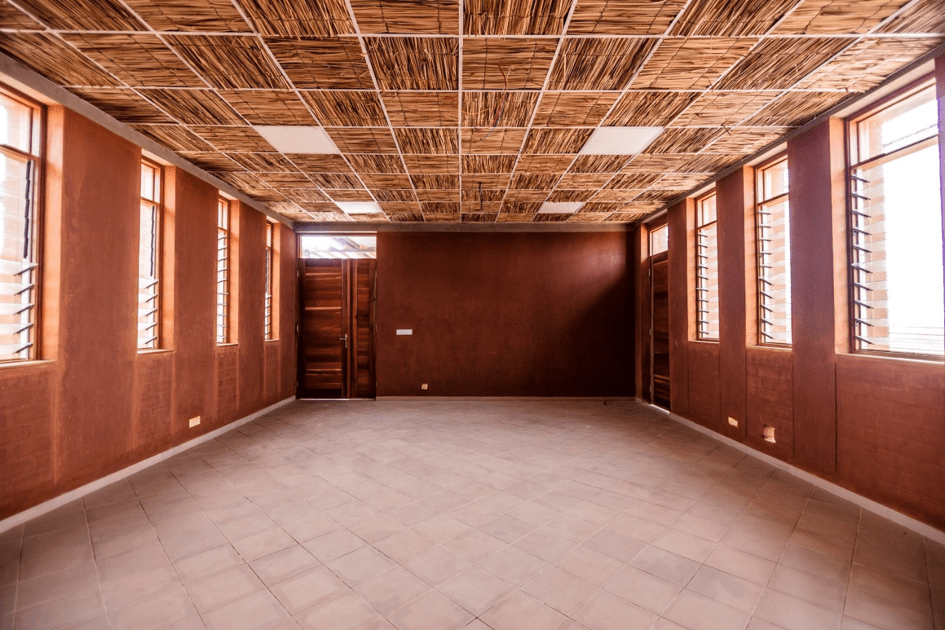
By Jeremy Williams
Typha is an invasive species in much of West Africa. It’s a fast-growing reed, like a cattail, and when it gets established it can choke rivers and waterways. Senegal, Mali, Guinea and Mauritania have all struggled to contain typha, which creates all kinds of problems. It makes riverbanks inaccessible, which is critical for people who draw their drinking water from rivers, or who depend on them for irrigating crops or for fishing. It also creates stagnant areas around the water’s edge which are perfect breeding grounds for mosquitos, which increases the risk of malaria.
Clearing it can be expensive and difficult because it grows back from the roots. And so a project in Senegal and Mauritania has taken a different approach – what could it be used for instead?
One solution is to use it as biomass, and there have been experiments in using it to make charcoal. Another is in buildings. There is already a tradition of using woven matting and thatch in the region, so it isn’t a huge leap to imagine typha as a potential building material. Researchers have developed a series of ways of incorporating typha into buildings. The plant can be harvested, shredded and pressed to create wall panelling, or incorporated into mud bricks. It can be ground up and mixed with clay to make flooring. And it can be used more or less directly in a thatched roof.
All these techniques are brought together in this demonstration project, the Diamniado Ecopavillion, which also features rainwater harvesting and solar power.

When used this way, typha becomes a cheap and plentiful local material. It’s affordable, natural, and with very low embodied emissions. Typha turns out to be an interesting material. Because the reeds have a kind of honeycomb structure, it has good thermal insulation properties.
This is really important in an African context. Many common materials, such as corrugated iron roofing or concrete, absorb heat. That contributes to the urban heat island effect, and increases the risk from heatwaves – which will of course be more common and more dangerous in a warming world. For those who can afford it, the answer is often air conditioning. But that increases emissions, and it would be a whole lot better to build homes that need less cooling in the first place.
So a locally available material that insulates homes and reduces the heat burden could be quite promising. If it makes the most of a problem plant at the same time, so much the better.
First published in The Earthbound Report.
Categories: Africa, buildings, environment, materials, sustainability, waste
1 reply »